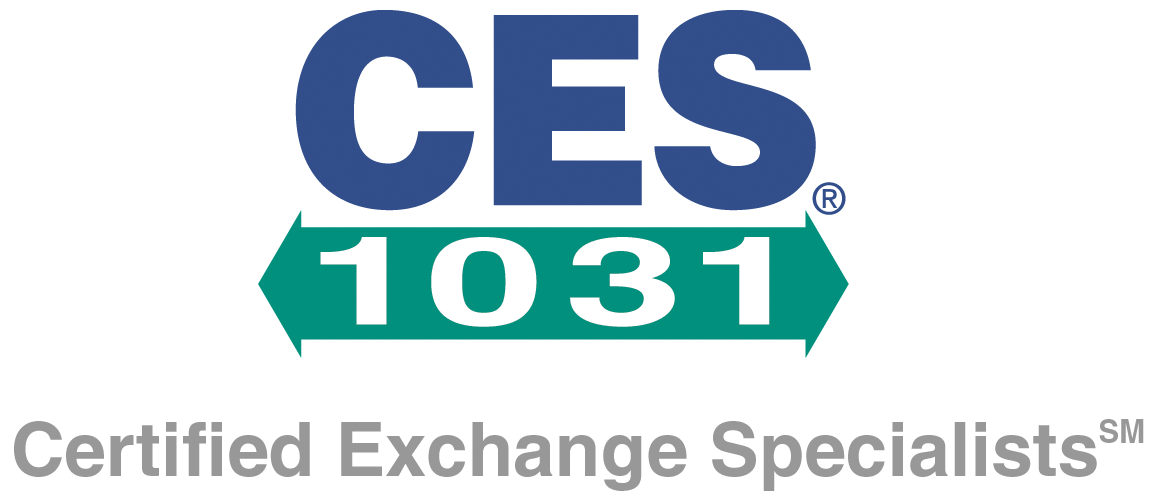How to Manage Your Basis “Step Up”
- Jeffrey Helsdon

- Feb 8, 2019
- 1 min read

If you or someone you know has received an inheritance, it is important for you to understand how to manage your basis “step up.” A “step up” in basis is the adjustment of the value of an appreciated asset - for tax purposes - upon inheritance.
IRS Taxes
An executor who has to file a federal estate tax return must also file Form 8971 with the IRS. The purpose of Form 8971 is to report the final value of the specific property received by a beneficiary, the recipient of that property, and other information. An executor must also provide a Schedule A to each beneficiary who has acquired - or will acquire - property from the decedent and the final value of that property. Although this form is only required when an estate tax return is needed, the basis step up occurs for everyone receiving an inheritance.
Step Up Basis Explained
Simply put, when an asset is passed on to a beneficiary, the value of that asset at the time it is inherited is generally higher than it was when the original owner acquired the asset. Accordingly, the asset receives a “step up” in basis to equal the value of the asset on the decedent’s date of death. This has the effect of minimizing the beneficiary’s capital gains tax.
Keeping good records and obtaining paperwork from the courts, trustees, and other parties involved will help ensure you are using the step up basis correctly and minimizing the risk of IRS audits.
If you have questions about an inheritance you have received - or expect to receive - contact us to learn about your options. #taxes #capitalgains #estates @JeffreyHelsdon

Comments